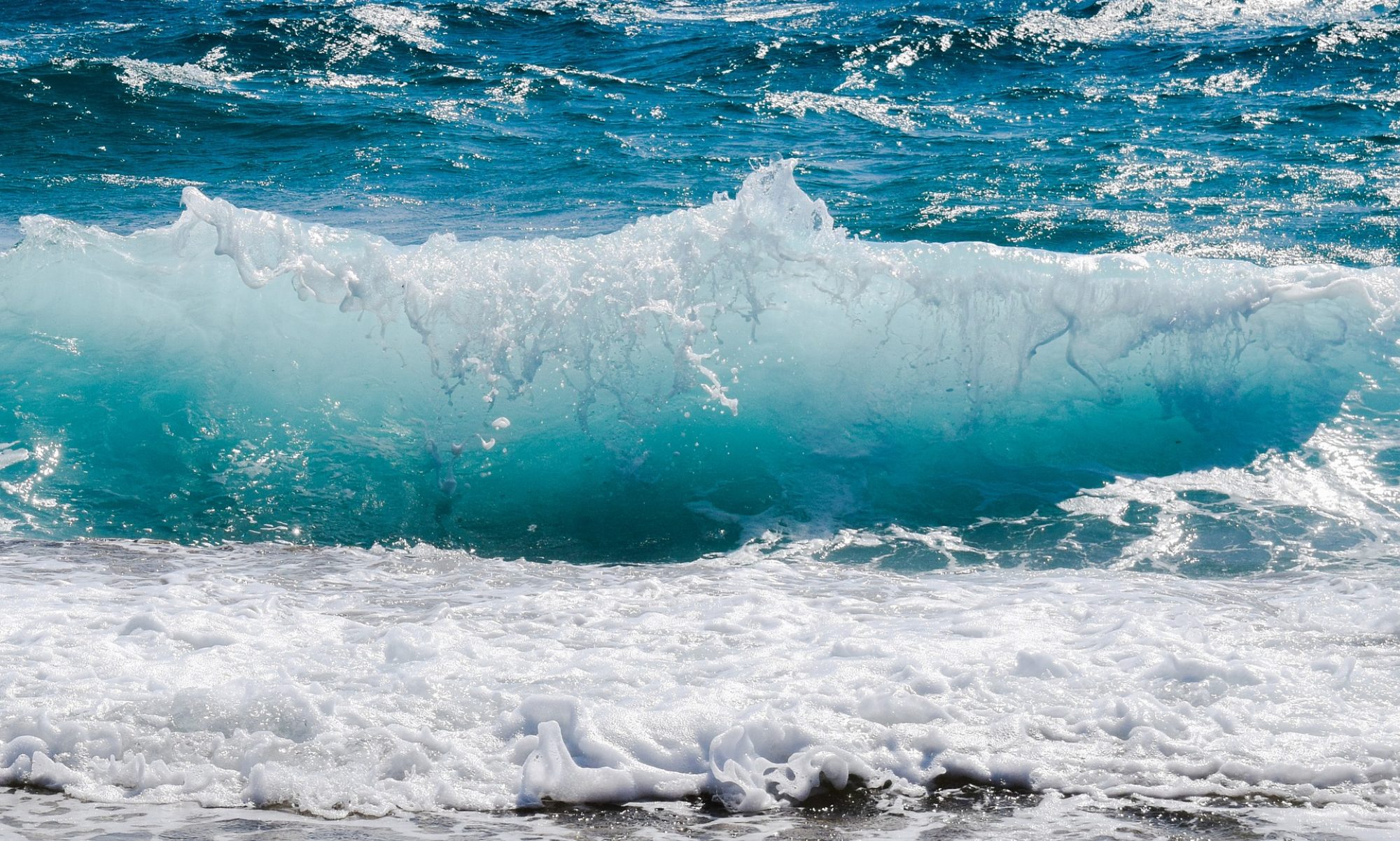Investigating the environmental issues caused by industrial waste discharged into the Río de la Plata, we realized that, despite numerous proposed solutions, the most effective one is the implementation of strict policies for waste control and treatment.
With the purpose of minimizing the impact caused by industrial waste generated by human activities and improving people’s health, we propose a prototype aimed at reducing industrial pollution in the Río de la Plata.
The prototype is powered by solar panels located on its top. In case of cloudy weather where solar energy cannot be obtained, it uses a fluoride battery. It is equipped with turbines for movement and two L293N motorized wheels for turning. Additionally, it has an ultrasonic sensor to detect nearby objects.
At the front, there are doors (where the waste enters), which are connected to a scale. When the scale reaches a certain weight, the doors close, and the prototype moves towards the pyrolysis system. Inside the prototype, there is a grid to prevent water from stagnating and interfering with the scale.
The prototype delivers the waste to the pyrolysis system, which burns the waste to produce fuel, charcoal, and methane gas. Inside the pyrolysis system, once the gas is ready, it rises to the top. There is also a grid to separate the charcoal from the fuel.
